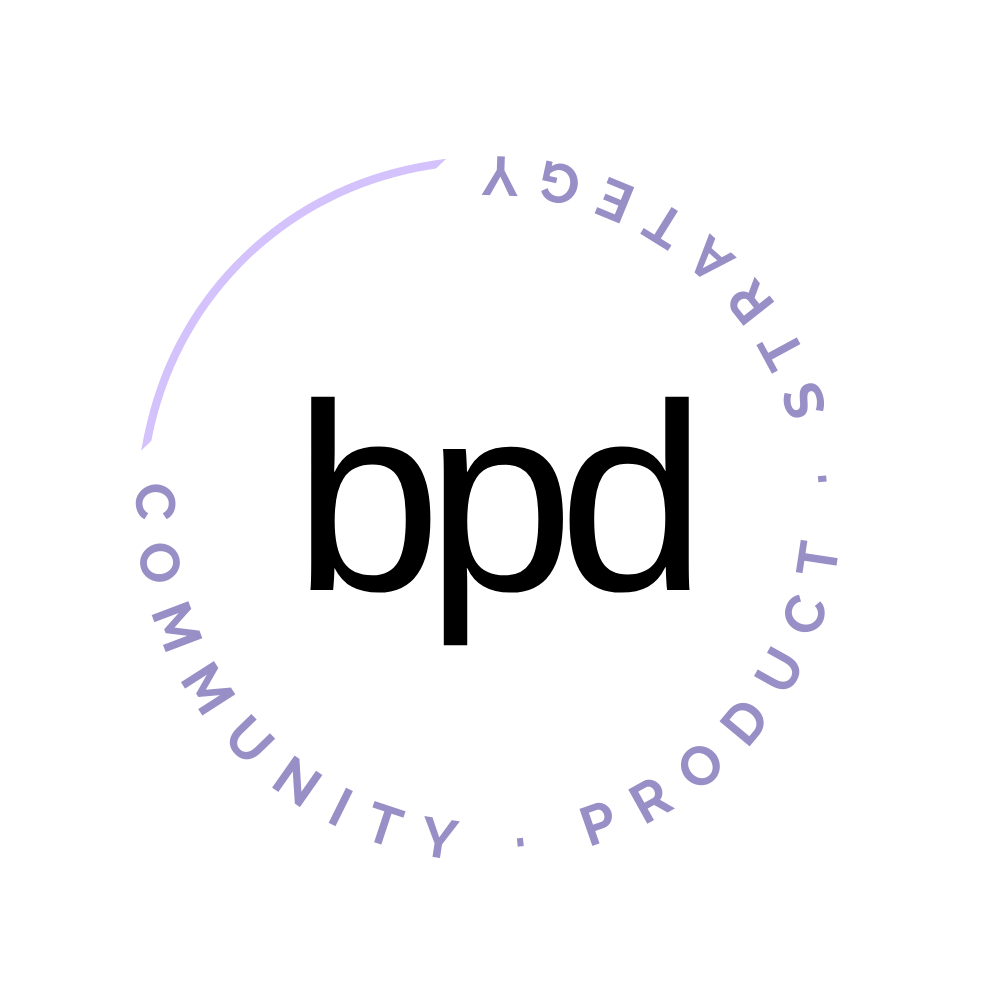#132 Why Customers Are Rejecting Courses and What To Do About It
Go deeper with this week’s episode of Build With Becky:
I don't know about you but when I'm learning something new or trying to fix something I go into a deeeeeep obsession rabbit hole about it. And then I form all kinds of strong opinions.
Right now my obsession is product positioning.
(...And also that I'm re-reading Quicksilver because Brimstone comes out on Tuesday but that's an aside)
I have watched the worst programs in the world sell like hot cakes, and the best programs struggle to get a monthly sale. And that makes me want to bang my head against a wall... you too??
Just so we're clear on what makes a quality program...
The best programs actually help their customers get results, make a positive impact on their life, and are an incredible value.
The worst programs are usually an overwhelming, disorganized offer that lack a member journey, have low completion rates, and result in unhappy customers.
But don't worry, the worst program sales will burnout over time, because trust matters and hockey-stick growth comes from word-of-mouth marketing. And that, my friend, gives me peace.
If you want a shot at that hockey stick growth, you have to get your positioning right – aka how you describe your offer & the problem it solves.
And in 2026 that might mean that we drop the word "course" from our positioning all together.
Let’s get into it –
We're working with a client that has a fast-growth service-based business with an incredible reputation, and she has an amazing down-sell done-with-you program.
It has a clear promise, solid curriculum for quick implementation, templates, and quality programming. But almost every time she sold it, the same objection surfaced.
“I don’t want your course.”
She wasn’t selling a course. At least not in the way she meant it, but that was the perception. And when someone thinks you’re selling them a 47-video marathon they will never finish, the sale is dead before it begins.
Courses are not the problem. The positioning of courses is the problem.
And honestly, the entire education product landscape is shifting FAST.
I got a sales email this week I cannot stop thinking about. It came from Katelyn Bourgoin, with the subject line "online courses are trash"
She tells the story of her bait & switch experience buying a crappy course product, and then introduced her new on-demand offer.
Only, she didn’t call it a course. She called it a system.
Here’s how she explained the difference:
A system is a repeatable, step-by-step process crafted to expedite outcomes.
A course is usually a letdown packed with mind-numbing theory, 47 hours of prerecorded video lessons, and little-to-no actionable steps.
Here's what's included:
19 bite-sized lessons & tutorials – 10-minute lessons jam-packed with insights and step-by-step tutorials
8 actionable exercises – Results in days (not 8 weeks from now)
8 AI-powered Bots – GPTs trained by top marketers and copywriters to help you brainstorm
The content looks very course-like. The difference is in how she framed it: bite-sized, action-driven, results in days, not weeks, AI tools baked in so people move faster.
She positioned the offer around time to value. And that is exactly where the market has shifted.
Across every project we're supporting right now, the patterns are the same. Community builders want an on-demand product people actually finish, and they want coaching experiences members actually engage with. But the phrase “online course” is working against them.
People feel burned by courses. They don’t trust that a giant archive of videos will give them what they need. They want speed, clarity, and forward motion... not homework.
We are not seeing a death of courses. We are seeing a death of the old model of courses.
Attention spans are shorter. AI gives people leverage, and buyers want fast wins. We need to design member journeys that optimize for momentum.
Which means your offer cannot feel like a course in the sales process... even if it technically is one 👀
There are three shifts that matter most right now:
Optimize for speed, not volume – Members want to sit down, press play, and complete something in under an hour. Your educational assets should feel like shortcuts, not semesters.
Use modern tools – If you are not baking AI into your programs yet, start now. Give people templates, bots, fill-in-the-blank exercises, or anything that accelerates their outcome.
Reposition your product intentionally – Words matter. Instead of "course" try words like system, experience, toolkit, coaching program. If the perception of your product is misaligned, the conversion will be too.
Action Steps
Here are 3 things you can do this week.
Audit your on-demand content – Identify where you can shorten, tighten, or turn something into a quick win. Remove anything that slows the path to results.
Rewrite your positioning – Update the way you talk about your educational assets. Highlight speed, clarity, and outcomes, and avoid language that signals an overwhelming course library.
Design a fast start experience – Whether it is onboarding, a quick-start challenge, or a 1-1 call, give new buyers the momentum they need on day one.
Cohort programs and lives experiences are absolutely back this year. But you can still sell on-demand products... they just need to be optimized for time-to-value, and positioned for our new world.
If you want support updating your offer, tightening your member journey, or turning a sluggish course into a high converting system, book a discovery call. Affinity can help you reposition, rebuild, or redesign the entire experience.
